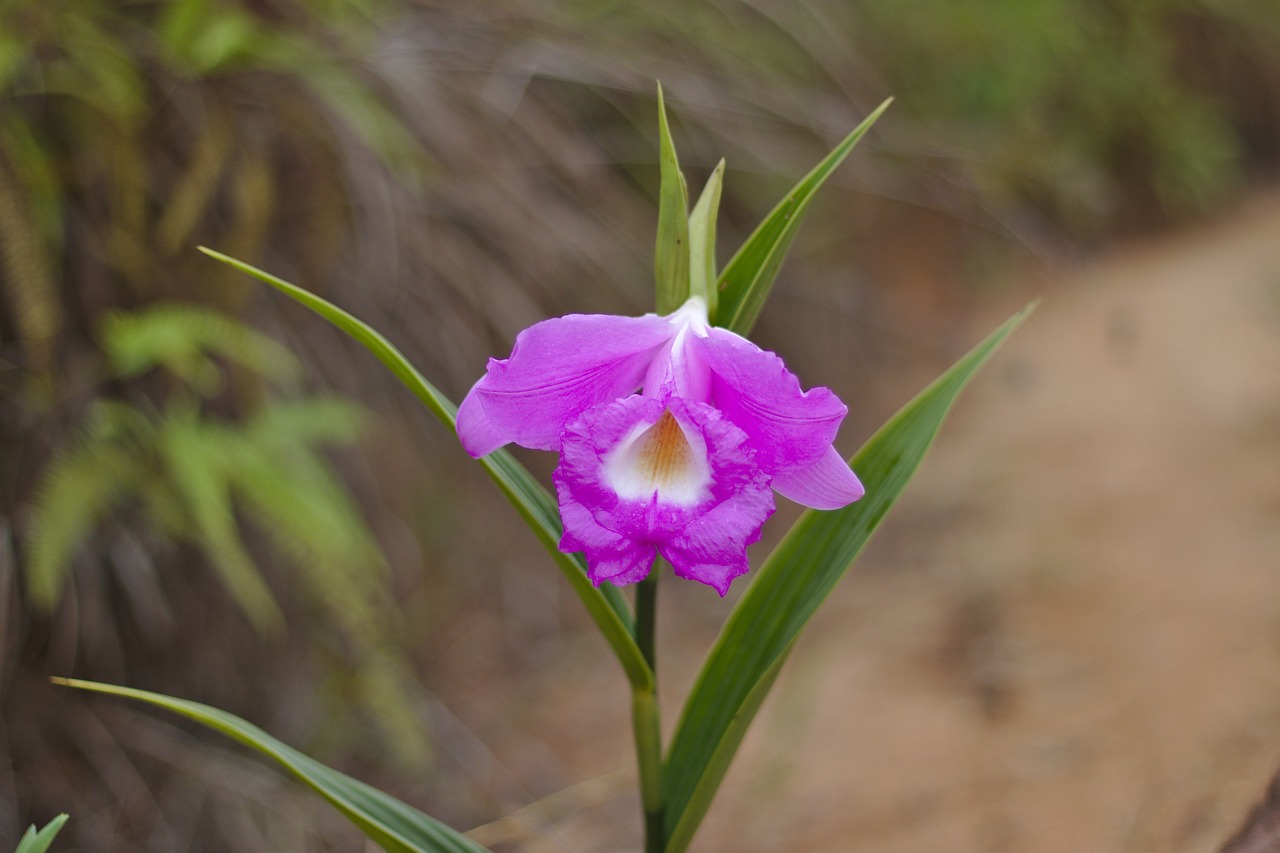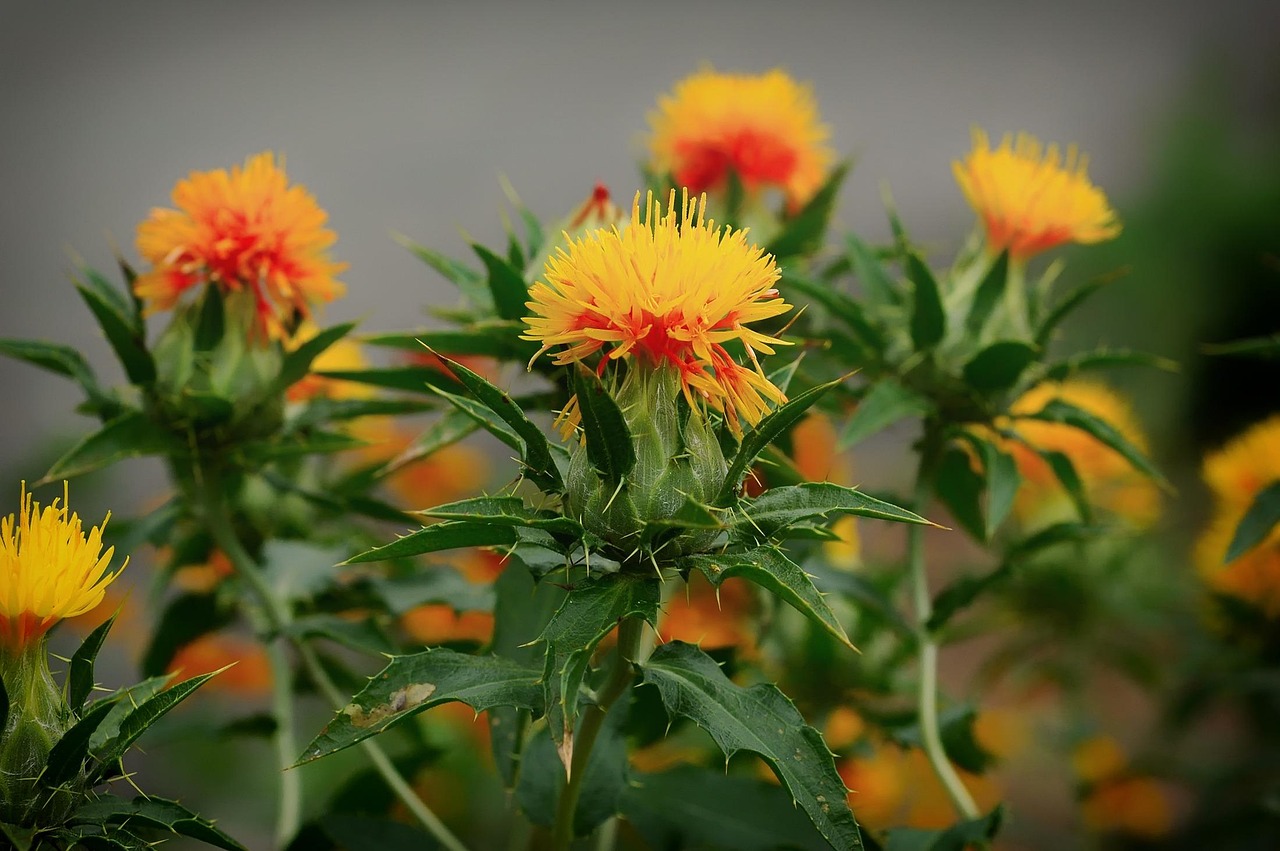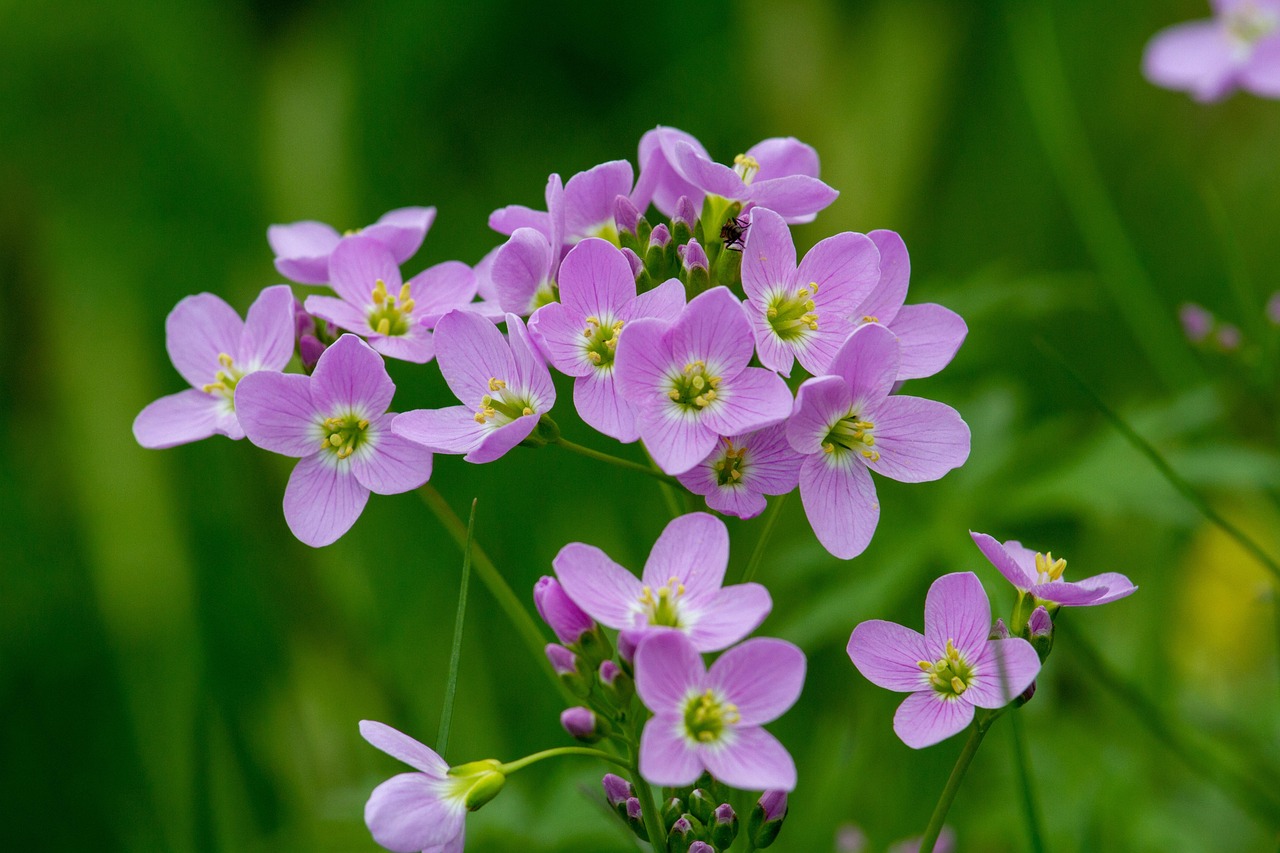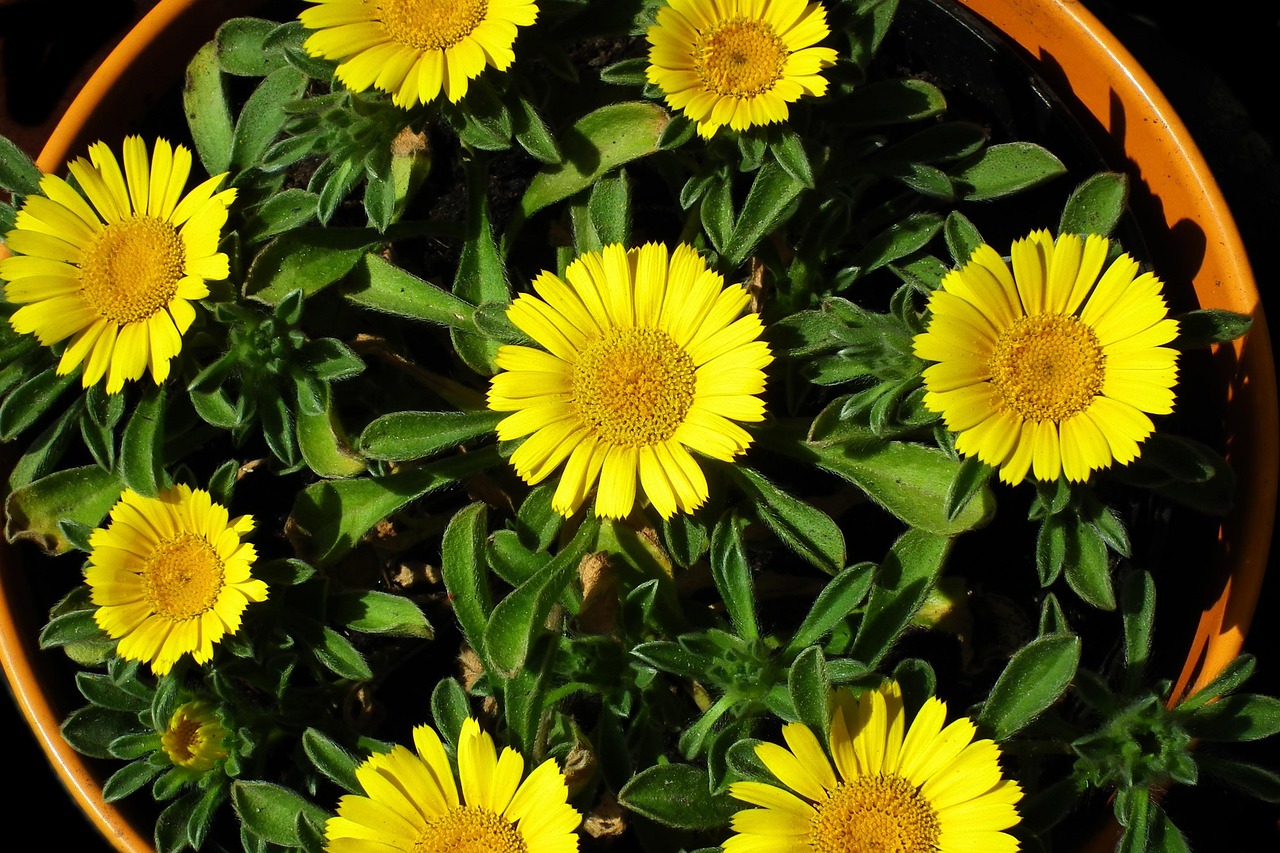Cattleya | The Orchid Queen of the Victorian Era

I introduce Cattleya, often referred to as the “Queen of Orchids,” a genus that produces elegant and luxurious blossoms. Because of its beauty, it has long been cherished as a gift flower and an ornamental plant, and it enjoys particular popularity among flower enthusiasts.
In this article, I explain the essential facts, cultural background, historical significance, and key points for cultivating Cattleya.
Basic Information
- Scientific name: Cattleya spp.
- Family: Orchidaceae
- Origin: Central and South America (tropical regions)
- Appearance: Cattleya is characterized by its vivid colors and complex floral structures. Its blossoms vary greatly in size, color, and form, ranging from pink, purple, white, and yellow to orange. The petals have a silky texture, and the lip (labellum) often has ruffled edges that enhance its striking beauty.
- Blooming season: Depending on the variety, flowers usually bloom from spring to autumn. With proper care, they can be enjoyed over an extended period.
Cultural Significance Around the World

Cattleya has been admired as a symbol of beauty in many cultures.
In Western society since the 19th century, it has been closely associated with high society and aristocratic culture. In Britain and France, the flowers often adorned women’s dresses and hairstyles as corsages, serving as an essential element of social gatherings.
In Latin America, its native region, Cattleya represents the splendor of tropical rainforests. In Colombia, a species of Cattleya has even been designated as the national flower.
In Asia, Cattleya is considered a “noble flower” and is commonly used in weddings and important ceremonies.
Historical Background
The name “Cattleya” comes from William Cattley, a 19th-century British botanist. He cultivated orchids brought from South America and succeeded in making them bloom in Europe, which led to their popularity.
During the orchid boom of the late 19th and early 20th centuries, Cattleya became the emblematic orchid of greenhouse cultivation. In Victorian England, orchid collecting was a fashionable pursuit among the upper classes, and Cattleya was one of the most treasured species.
In Japan, Cattleya was first introduced during the Meiji era and soon became a beloved ornamental flower. Today, through extensive breeding, many horticultural varieties are cultivated worldwide.
Gardening Advice

Cattleya is a plant that rewards careful attention with magnificent blossoms. With only moderate care, it is possible to enjoy its splendid flowers for a long time. Below are key points for successful cultivation:
Light
Prefers bright conditions but should be protected from direct sunlight. Filtered light through lace curtains or shading nets is ideal.
Watering
During the growing season (spring to autumn), water thoroughly when the potting medium surface becomes dry. Reduce watering in winter and keep the plant slightly dry.
Humidity
Maintain 50–70% humidity. If the air is too dry, mist around the plant or place a tray of water nearby.
Soil
Use orchid bark or sphagnum moss with good drainage.
Fertilizer
Apply diluted liquid fertilizer every two weeks during the growing season. For flower bud development, use fertilizer rich in phosphorus.
Temperature
Maintain daytime temperatures of 20–25°C and nighttime above 15°C. Ensure at least 10°C during winter.
Repotting
Repot every 2–3 years when roots outgrow the pot or the medium deteriorates.
Conclusion
Cattleya, with its regal and splendid flowers, is one of the most admired orchids in the world.
I encourage you to bring this noble plant into your daily life and experience the joy of nurturing it into bloom.





